

— Blogs —
—Products—
 Consumer hotline +8618073152920
Consumer hotline +8618073152920 WhatsApp:+8615367865107
Address:Room 102, District D, Houhu Industrial Park, Yuelu District, Changsha City, Hunan Province, China
Product knowledge
Time:2025-07-26 16:15:17 Popularity:566
In the context of escalating climate change and growing water scarcity, real-time and accurate weather data are crucial for optimizing agricultural production, ensuring transportation safety, and promoting environmental protection. Professional wireless automatic weather stations (AWS) integrate high-precision sensors and wireless communication technology to provide real-time monitoring of key parameters such as temperature, humidity, air pressure, wind speed, wind direction, and rainfall, offering reliable support for precision agriculture and other industries. This article introduces the working principles, technological advantages, and application scenarios of wireless automatic weather stations.
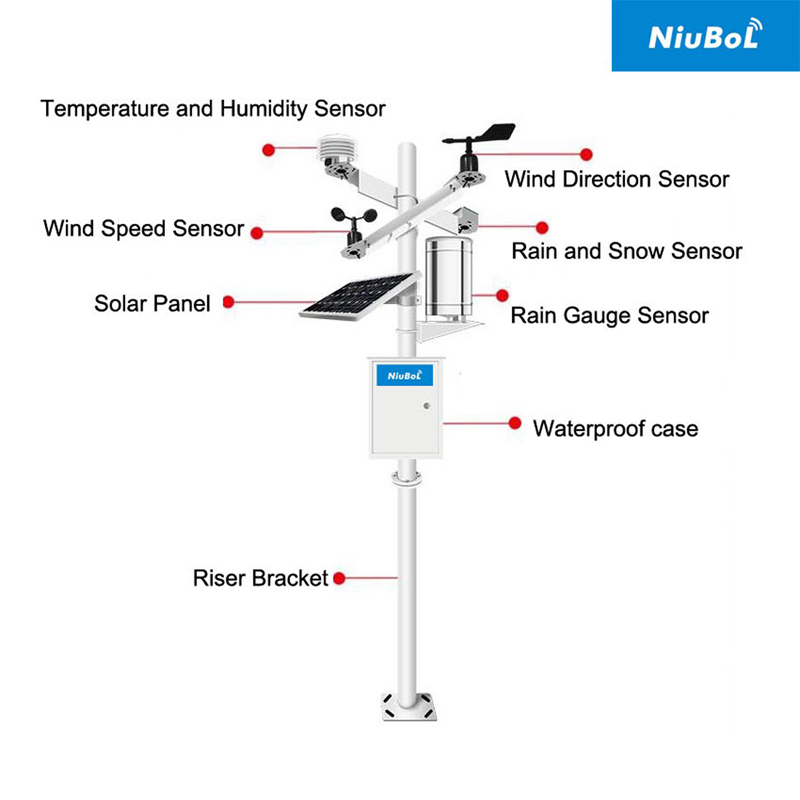
A wireless automatic weather station is an unmanned, automated atmospheric observation system that autonomously monitors and measures atmospheric conditions in real-time, including temperature, humidity, wind direction, wind speed, rainfall, air pressure, and other weather elements. The data collected by the station is wirelessly transmitted to a central station or cloud server for users to access the local weather information promptly. Since wireless automatic weather stations use digital signal transmission technology, they feature quick response times, large storage capacity, and high data accuracy. This makes them valuable tools for weather forecasting, climate research, and environmental monitoring.
- Weather sensors: Monitors temperature, humidity, air pressure, wind speed, wind direction, rainfall, solar radiation, light intensity, PM2.5, PM10, noise, etc. Some models support extended functions.
- Data collector: Converts sensor signals into digital data for storage and preliminary processing.
- Wireless communication module: Transmits collected data via 4G, LoRa, Wi-Fi, or GPRS to the cloud or user terminals.
- Power system: Typically uses solar power, with low-energy designs to ensure long-term operation.
- Protective casing: IP68 rated, corrosion-resistant, and impact-resistant, suitable for harsh environments.
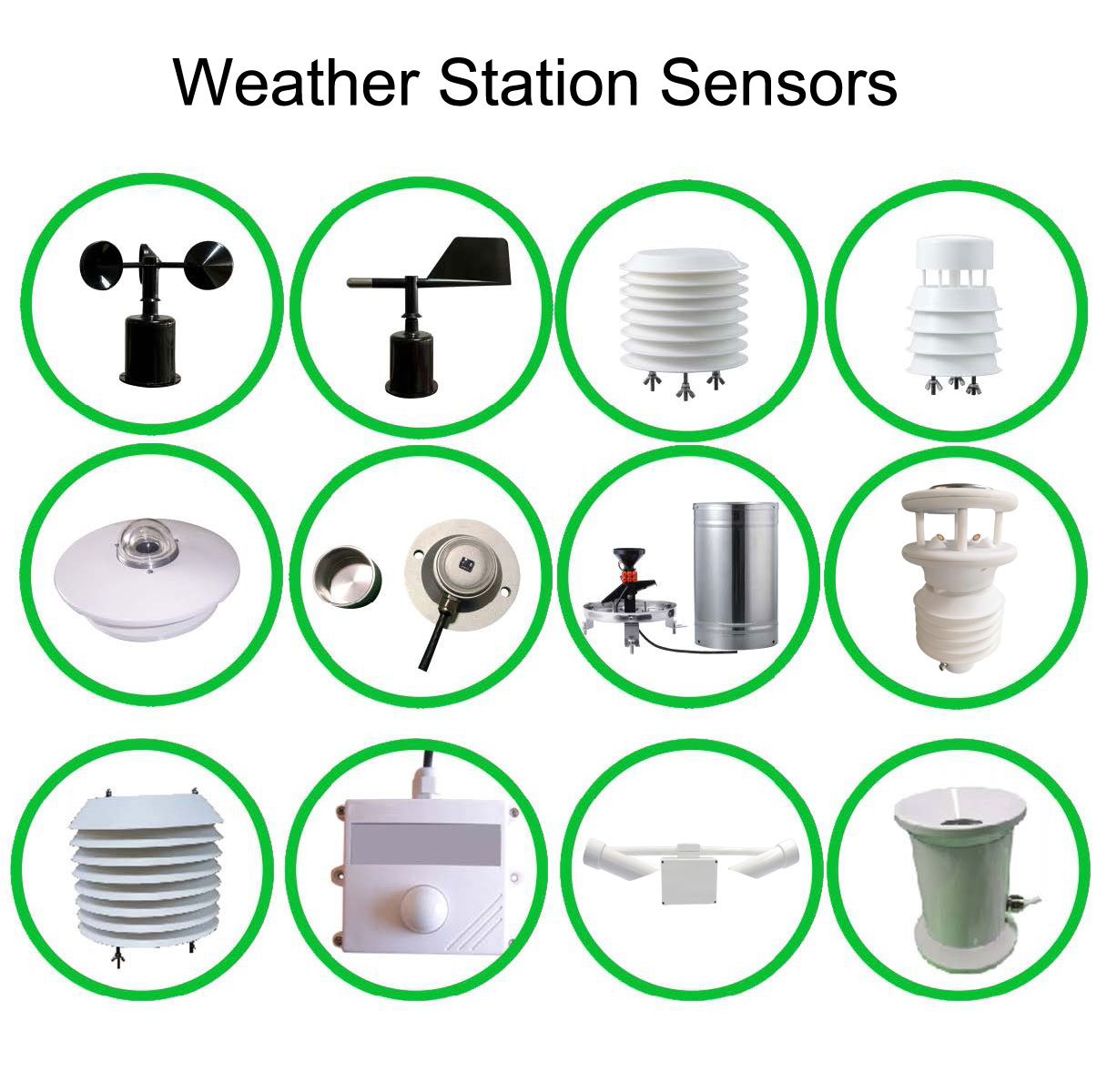
The monitoring system mainly consists of weather sensors, data collectors, wireless communication modules, and data processing centers. The weather sensors continuously monitor various weather parameters and output electrical signals. The data collector receives these signals and converts them into digital data for storage and processing. The wireless communication module then transmits the data to a data processing center, which analyzes and stores it to generate weather forecasts and decision support products.
Compared to traditional wired weather stations, wireless automatic weather stations do not require complex wiring and offer flexible deployment, making them ideal for agricultural fields, mountainous areas, coastal regions, or urban environments. They are widely used in agriculture, environmental monitoring, transportation safety, and scientific research.

Wireless automatic weather stations are equipped with high-precision sensors that collect multiple weather data simultaneously:
- Solar radiation and light intensity: Conforms to international meteorological organization standards, accurately assessing crop photosynthesis or solar energy utilization needs.
- Wind speed and direction: Forecasts storms or evaluates the impact of wind on agricultural spraying.
- Temperature and humidity: Provides key data for agricultural management and disaster early warning.
Wireless stations monitor parameters such as wind speed, wind direction, air temperature, humidity, atmospheric pressure, light intensity, rainfall, PM2.5, PM10, noise, and snow, offering 24/7 continuous outdoor monitoring. Some models also support additional parameters like soil moisture and solar radiation.
Through GPRS, LoRa, 4G, or satellite communication, data is uploaded to cloud servers in real-time, even in remote areas. Users can view real-time and historical data via mobile apps, web platforms, or dedicated software, enabling remote monitoring and decision-making.
3. Intelligent Alerts and Notifications
Embedded algorithms can identify abnormal weather events (such as heavy rain, strong winds, or high temperatures) and send alerts via SMS, app push notifications, or emails. For example, a heavy rain alert can pause agricultural irrigation to conserve water; a frost warning can prompt protective measures for crops.
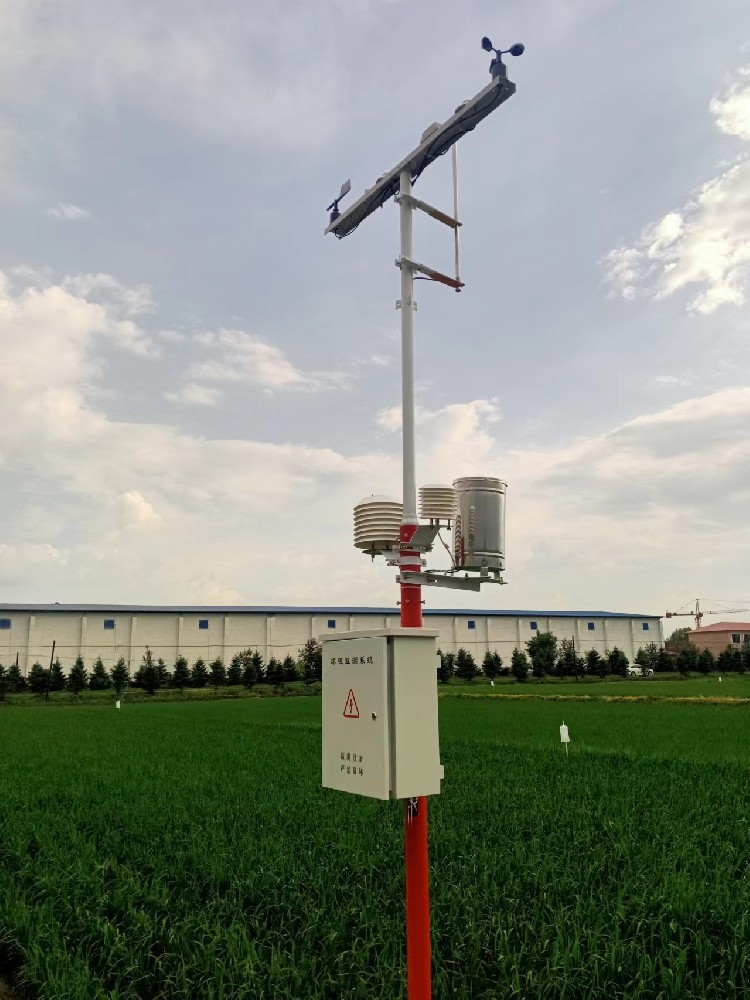
Wireless automatic weather stations prioritize convenient maintenance and low power consumption. Many devices are equipped with solar panels, ensuring stable operation without external power sources. Modular designs allow sensor and communication modules to be replaced as needed, and the IP65 protective casing withstands harsh weather, reducing long-term maintenance costs.
The built-in storage module can hold large amounts of historical data, preventing data loss in case of network interruptions. Some systems support basic data analysis, generating trend charts or weather reports to support agricultural production and environmental management.
The wireless weather station automatically collects weather data using embedded sensors, eliminating the need for manual intervention and ensuring continuous, accurate data logging.
The system can be customized to meet specific needs across different fields, capable of data processing and analysis, and can automatically generate weather forecasts and decision support products.
Wireless automatic weather stations provide real-time weather data to optimize irrigation and planting decisions. For example, rainfall and evaporation data can guide precise irrigation schedules, conserving water; wind speed and humidity data can optimize pesticide spraying timing to reduce waste. Frost warnings in orchards or vineyards help farmers take protective actions to improve crop yields.
Weather stations can monitor PM2.5, PM10, and noise levels, supporting urban air quality management and forest fire prevention. For instance, real-time temperature and humidity monitoring can assess fire risks and prompt early defense measures.
Weather conditions on roads, bridges, and airports directly affect safety. Weather stations can monitor visibility, road surface slipperiness, and strong winds, providing early warnings for traffic management. For example, weather stations along coastal highways can report storm information to ensure driving safety.
Universities and research institutions use weather stations to collect high-precision data for climate change studies, atmospheric modeling, and teaching experiments. Their portable design makes them ideal for field investigations, allowing students to deepen their understanding of meteorological principles through data analysis.
Tourist attractions and outdoor activity organizers use weather stations to monitor weather changes and ensure visitor safety. For instance, weather stations at hiking or skiing resorts provide real-time wind speed and snowfall data to guide activity scheduling.
Wireless automatic weather stations provide real-time, accurate weather data, improving the accuracy and timeliness of weather forecasts.

Professional wireless weather stations are automatic weather monitoring devices that use wireless communication technologies (such as 4G, LoRa, Wi-Fi) to transmit data remotely. They are compact, flexible to install, and do not require complex wiring, making them ideal for deployment in agricultural fields, mountainous areas, city streets, etc. These stations monitor parameters such as temperature, humidity, wind speed, wind direction, air pressure, and rainfall, providing essential data for weather forecasting, agricultural management, and disaster early warnings.
In summary, wireless automatic weather stations play a crucial role in modern meteorological observation. With wide application prospects and significant social value, we should support and promote their research and application, advancing their use in weather forecasting, agricultural production, environmental protection, and other fields.
Related recommendations
Sensors & Weather Stations Catalog
Agriculture Sensors and Weather Stations Catalog-NiuBoL.pdf
Weather Stations Catalog-NiuBoL.pdf
Related products
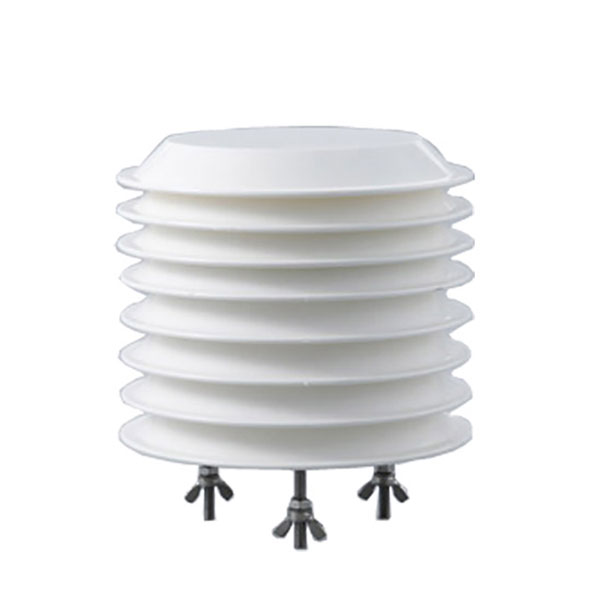 Combined air temperature and relative humidity sensor
Combined air temperature and relative humidity sensor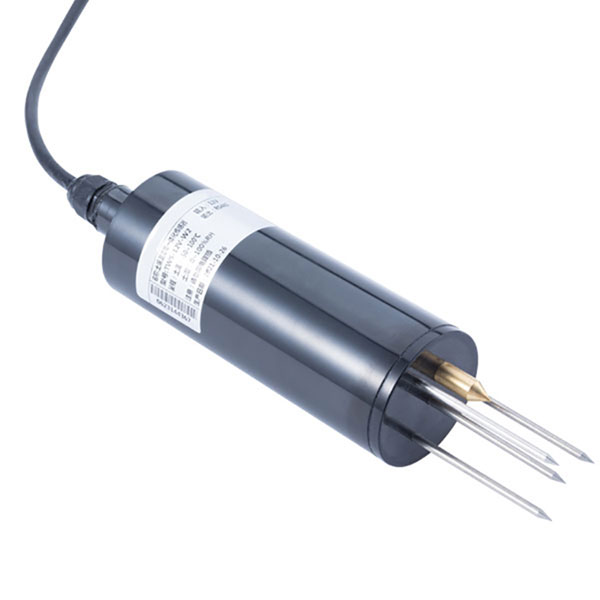 Soil Moisture Temperature sensor for irrigation
Soil Moisture Temperature sensor for irrigation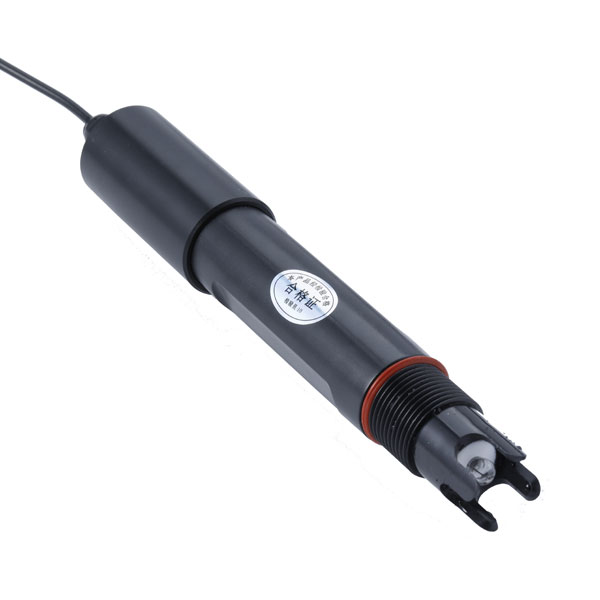 Soil pH sensor RS485 soil Testing instrument soil ph meter for agriculture
Soil pH sensor RS485 soil Testing instrument soil ph meter for agriculture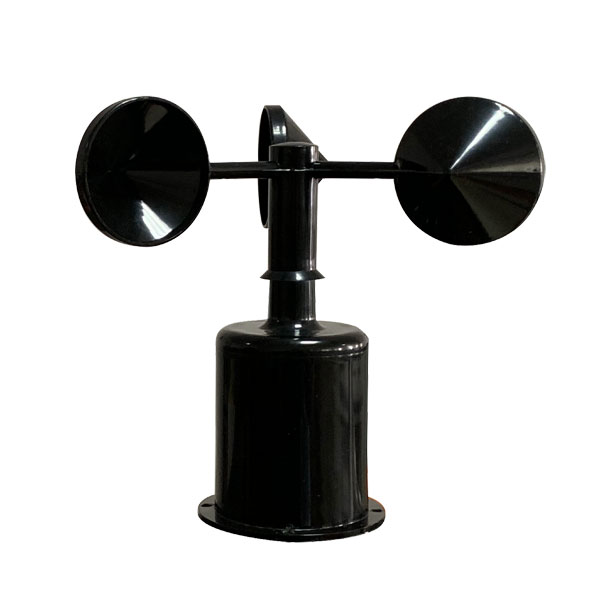 Wind Speed sensor Output Modbus/RS485/Analog/0-5V/4-20mA
Wind Speed sensor Output Modbus/RS485/Analog/0-5V/4-20mA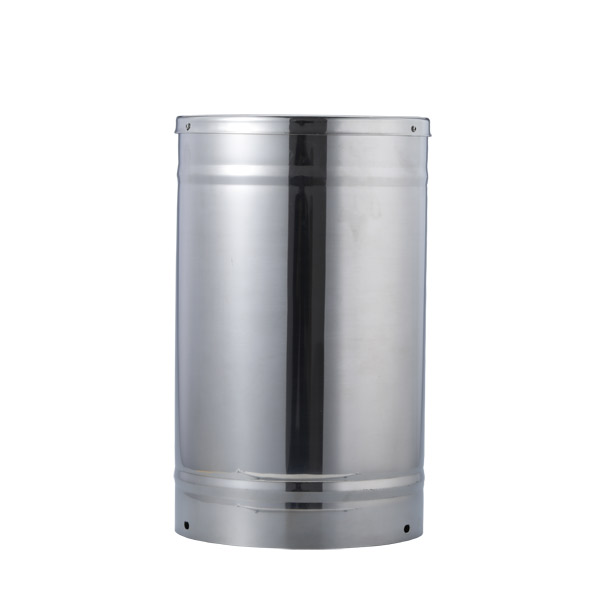 Tipping bucket rain gauge for weather monitoring auto rainfall sensor RS485/Outdoor/stainless steel
Tipping bucket rain gauge for weather monitoring auto rainfall sensor RS485/Outdoor/stainless steel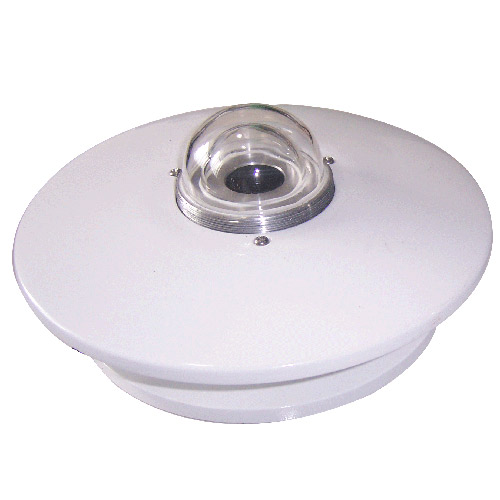 Pyranometer Solar Radiation Sensor 4-20mA/RS485
Pyranometer Solar Radiation Sensor 4-20mA/RS485
Screenshot, WhatsApp to identify the QR code
WhatsApp number:+8615367865107
(Click on WhatsApp to copy and add friends)
